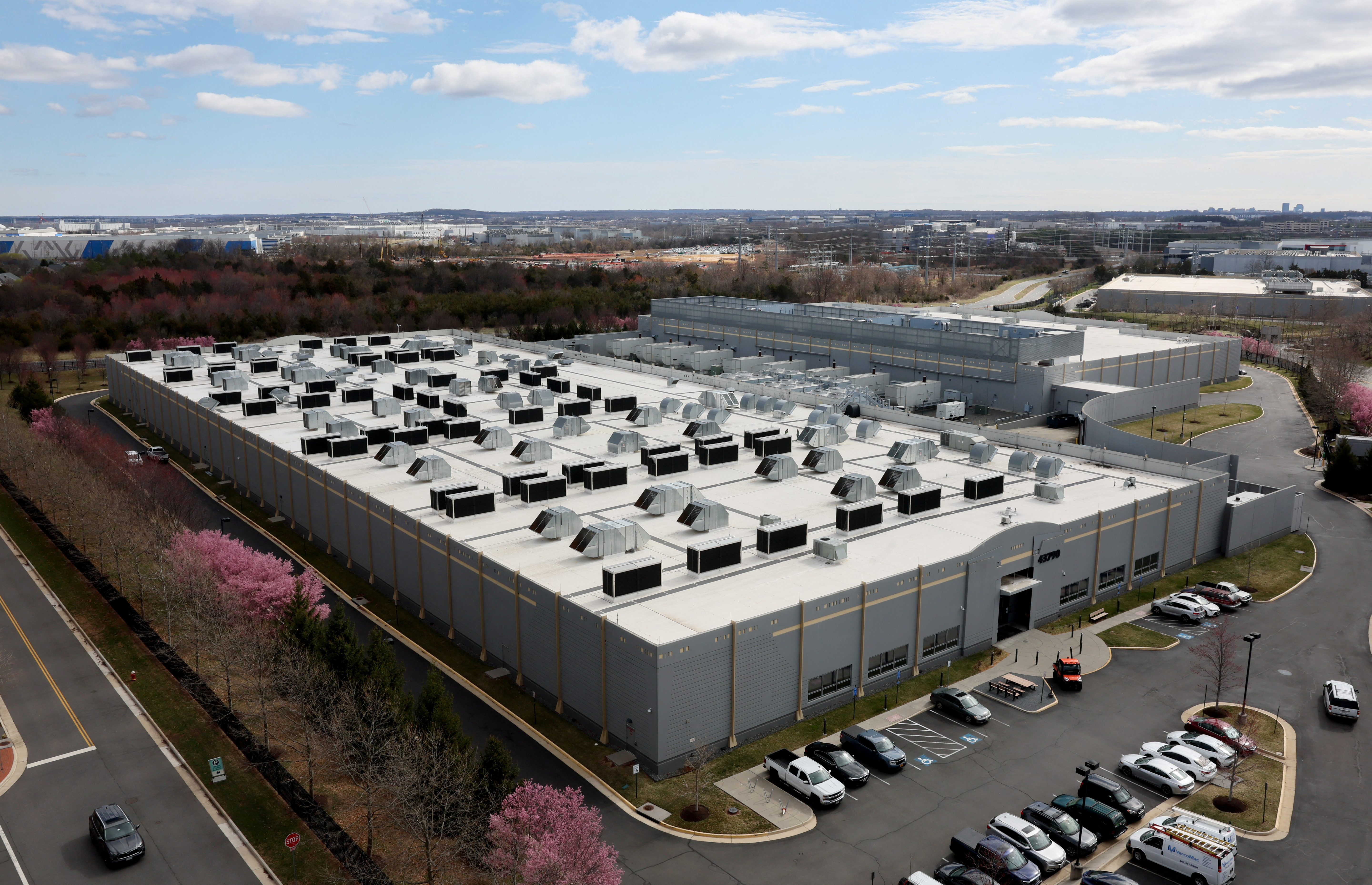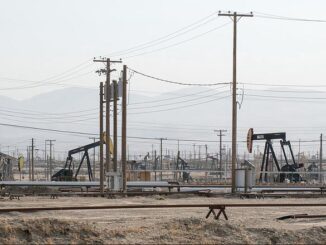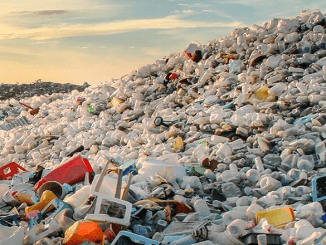Fires paint the sky crimson, cities are submerged, glaciers melt into huge chunks of ice, and the Earth's surface temperature breaks historical records. Against the backdrop of climate chaos, the internet continues to transform everyday life, creating new opportunities and threats at a rapid pace. Does the digital world truly help preserve nature, or has humanity become so enamored with technology that it has overlooked its role in exacerbating the climate crisis?
The climate of the 21st century and challenges for society
According to the Intergovernmental Panel on Climate Change (IPCC), global average temperatures have risen by 1.2°C since the mid-19th century. Annual reports show an increase in the frequency of disasters. In 2023, the number of extreme weather events increased by almost 30% compared to previous decades. Every year, the planet faces new records in biodiversity loss and material damage. In this situation, the search for effective technologies becomes a necessity for all of humanity.

The Internet as an ally in the fight for a clean future
The digital environment provides humanity with a whole range of opportunities to counter climate threats:
- Reducing CO₂ emissions through remote work and online education
- Accelerating the international exchange of scientific data and experience
- Expanding citizen science (crowdsourcing research, collecting data with the help of volunteers)
- Rapid coordination and organization of assistance in natural disasters thanks to global connectivity
During the COVID-19 pandemic, work meetings and classes moved en masse to virtual space, and many megacities had their first chance in decades to breathe clean air. Modern international projects, such as tracking climate change in accordance with the UN Sustainable Development Goals (SDGs), would be impossible without the support of internet infrastructure. The “citizen science” program enables ordinary people worldwide to participate in environmental monitoring, thereby updating climate databases quickly.
The hidden cost of the digital age
The development of the internet has been accompanied by a rapid increase in energy consumption. Global data centers are energy giants. According to MIT estimates, a single large data center consumes as much electricity annually as 50,000 homes. Today, cloud services already exceed air travel in terms of carbon footprint, as noted by researchers. Millions of servers use electricity every day for computing, service operations, and data storage, and the source of that electricity is far from always environmentally friendly.
Of particular concern are resources at the “forefront” of development. Artificial intelligence training, cryptocurrency transactions, and network scaling. For example, the launch of the GPT-3 language model consumed as much energy as 130 American homes in a year. These statistics are alarming to climatologists and energy experts.
It is also worth noting the growth of the online gaming segment and the iGaming industry. Online casinos such as Pin Up, 1win, and Mostbet have a multi-million-dollar audience. This significantly increases traffic and, therefore, the load on server capacity.
The growth of electronics leads to the accumulation of so-called e-waste — electronic waste. According to the UN, by 2022, more than 54 million tons of electronic waste will have been generated worldwide. Battery production requires lithium and other minerals, the extraction of which destroys ecosystems. New satellite systems, such as low Earth orbit (LEO) satellites, raise concerns about their impact on the atmosphere and outer space. This is because it is currently difficult to predict the accumulation of burnt debris in the upper layers of the atmosphere.
Discussions about the price of technology and new challenges for the future
The opinions of students, experts, and users vary. Some point to technological advances: IT companies Google, Amazon, Microsoft, and Meta are investing in green energy and developing efficient server cooling schemes to reduce their carbon footprint. Another part of the research community notes that the real benefits are unevenly distributed and that for many countries, the internet has become an additional burden on the energy system.
There is debate about whether the overall environmental damage of the digital age is being correctly assessed. Indirect effects, regional differences, the impact of new devices and networks. Much of the data is lagging, and there is no clear consensus on new technologies such as LEO satellites.
Digital sustainability strategies - from corporations to users
The contradictory picture of the digital world requires new solutions at all levels:
- Transition of global platforms to renewable energy sources (solar and wind power)
- Improving the energy efficiency of data centers, introducing new cooling algorithms
- Development of green web design practices to reduce the load on servers and the network
- Implementation of programs for the collection, recycling, and reduction of electronic waste
- Development of a sustainable infrastructure based on the Internet Resilience Index and expansion of emergency channel reserves
Users and small organizations can take basic steps to change their digital environment:
- Check the environmental friendliness of your internet service provider through services such as the Green Web Foundation
- Switch to a more sustainable hosting provider, if possible
- Participate in local digital sustainability initiatives and support educational and research programs
- Discuss the topic of digital footprints in your community, motivating others to make changes
As noted by The Green Web Foundation team: “The power of the digital future lies in the awareness of each choice and collective action.”
Open questions and steps toward thoughtful digital interaction with the planet
Modern internet technologies carry many unexplored risks and potential benefits. Not all consequences of the mass emergence of satellites or the growth of industrial and consumer AI services are predictable, and climate change is pushing researchers to seek new solutions. At the intersection of technological progress and strategic environmental thinking lie challenges that require not only engineering but also ethical responses.
Every user can influence the course of digital transformation — it is enough to start with a simple analysis of one's habits, choice of Internet services, and support for local initiatives. A conscious approach to digital life has the potential to become part of the global search for answers to climate questions. The present and future of the internet depend not only on technology but also on the efforts of everyone willing to discuss challenges, change their daily routines, and unite for a more sustainable future.



